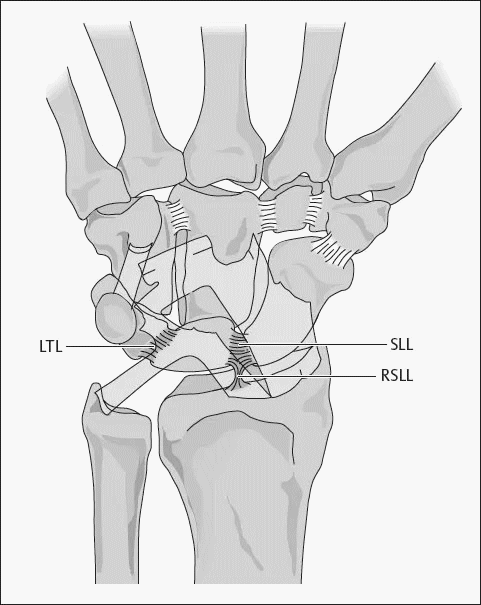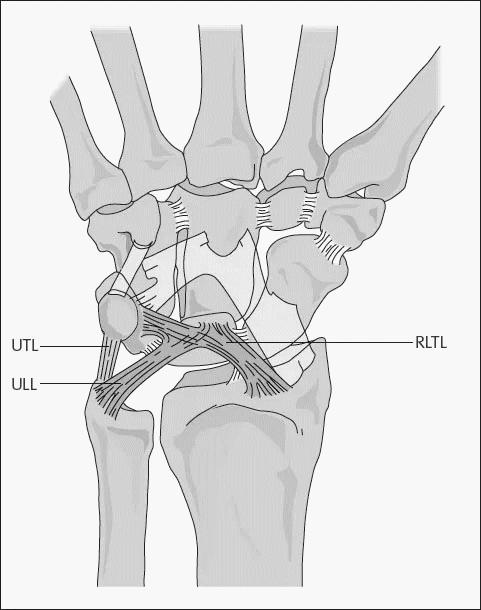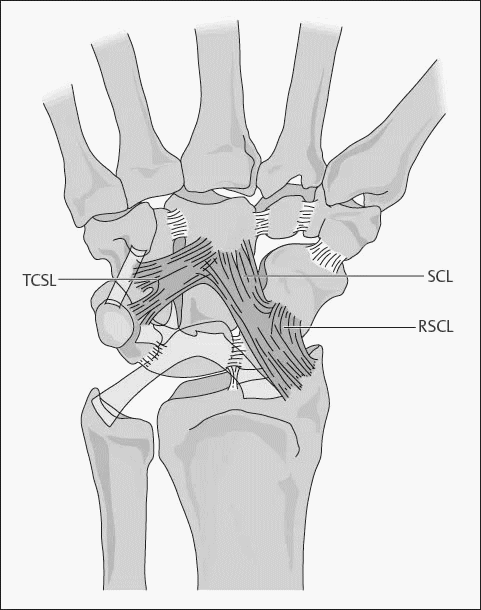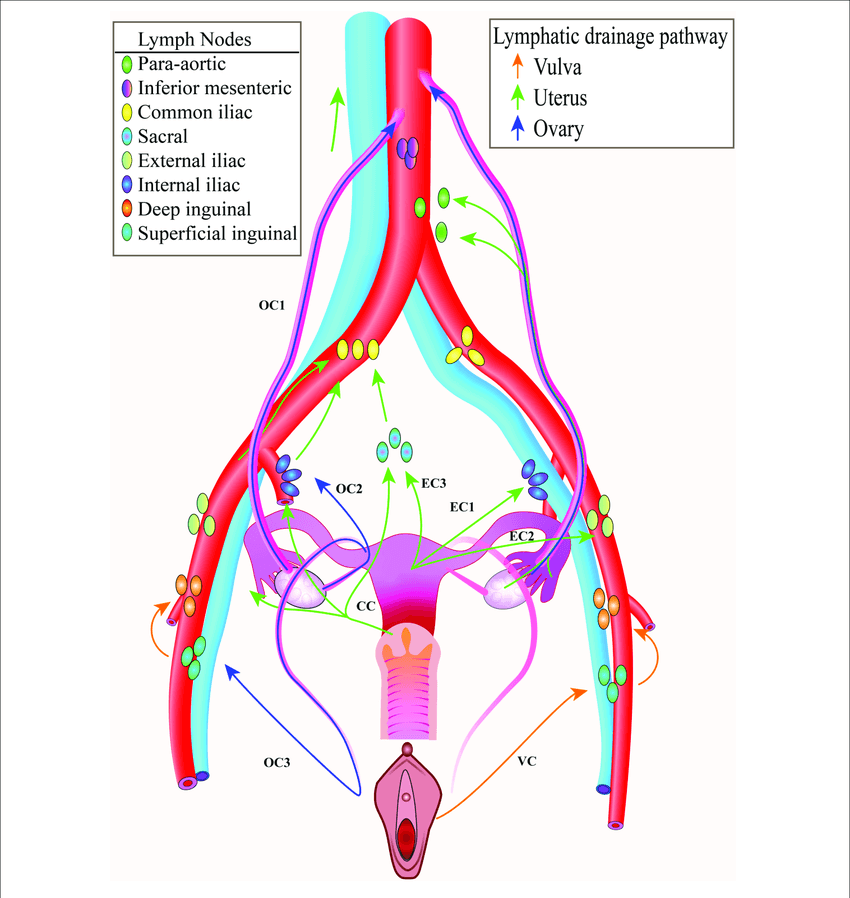a. Interosseous: Extend deeply, directly between two bones
- Radioscapholunate (RSL) aka Ligament of Testut (neurovascular conduit to SL ligament)
- Scapholunate (SL) and Lunotriquetral (UL) – volar, dorsal and proximal fibrocartilaginous membrane components
- Capitohamate (CH)

b. Palmar-proximal V: Converge as an “upside-down V” from the radius/ulna to lunate
- Radio-luno-triquetral (RLT) – forms the radial part of proximal V (strongest ligament of wrist)
- Ulnotriquetral (UT) and Ulnolunate (UL) – forms the ulnar part of proximal V
- Triangular fibrocartilage (TFC)

c. Palmar-distal V: Converge as an “upside-down V” from radius/triquetrum to capitate
- Radioscaphocapitate (RSC)
- Scaphocapitate (SC)
- Triquetrocapitoscaphoid (TCS)
- Scaphotrapeziotrapezoid (STT)
d. Dorsal V: Converge as “horizontal V” from radius/scaphoid to triquetrum
- Dorsal radiotriquetral (DRT)
- Dorsal intercarpal ligament
e. Collateral:
- Radial collateral
- Ulnar collateral
Space of Poirier: an anatomical defect or weak spot in the floor of the carpal tunnel; it lies at the volar aspect of the proximal capitate, lying between the volar radiocapitate and volar radiotriquetral ligaments (see ligaments); area expands when wrist is dorsiflexed & disappears in palmar flexion; rent develops during dorsal dislocations, & it is through this defect that lunate displaces into the carpal canal.
Scapholunate instability:
- >3 mm gap of scapholunate interval on AP view X-ray
- Cortical ring sign on scaphoid (scaphoid flexes and beam catches tubercle on end)
- Scapholunate angle >60 degrees in lateral X-ray (dorsiflexion instability), i.e. lunate is tilted dorsally
Lunotriquetral instability:
- Cortical ring sign of scaphoid on AP view X-ray and triangular lunate
- Scaphoid and Lunate are palmar flexed (Scapholunate angle <30 degrees)
- Often no clear widening of lunotriquetral interval
Ulnar translocation:
- Ratio of distance between the distance of center of capitate to longitudinal axis of ulna to the length of 3rd metacarpal <0.3
Mayfield classification of carpal instability: 4 stages of progressive perilunate dislocation
- I – Scapholunate
- II – Capitolunate
- III – Perilunate
- IV – Lunate



